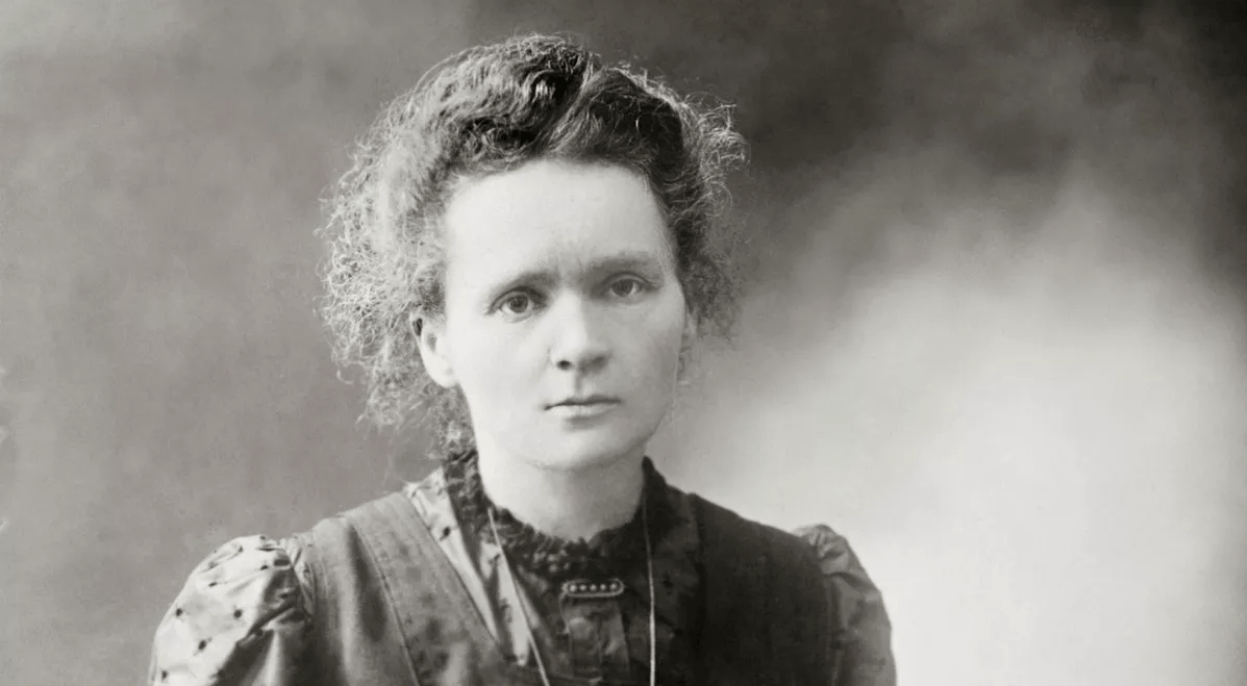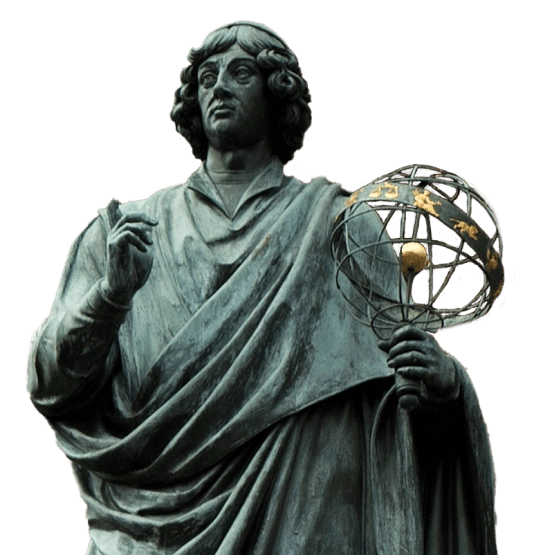The European Central Bank (ECB) has announced plans to introduce a new series of euro banknotes. One of the proposals is to feature the image of Marie Skłodowska-Curie on the €20 note. While this decision has been met with praise, it has also sparked a dispute regarding how to present the name of one of the world’s most distinguished scientists.
Born in Warsaw in 1867, Maria Skłodowska-Curie was the first woman to receive a Nobel Prize—winning in 1903 for physics, and then again in 1911 for chemistry. To this day, she remains the only individual to have been awarded Nobel Prizes in two different fields of natural science. After moving to France and marrying French physicist Pierre Curie, she used the name Skłodowska-Curie, and later—more frequently—the shortened form: Marie Curie.
It is the way her name is written that has become the subject of international debate. In the ECB’s draft design, “Skłodowska” appears only in parentheses as an indication of her maiden name.
The Polish Minister of Science and Higher Education, Marcin Kulasek, has issued an official appeal to the European Central Bank to include the Nobel laureate’s full name, Maria Skłodowska-Curie, on the new euro banknote series. In a letter addressed to ECB President Christine Lagarde, the minister emphasized the importance of honoring both the scientific achievements and cultural heritage of this prominent Pole, advocating for the €20 note to display “Maria Skłodowska-Curie” instead of the more limited “Marie Curie.”
Consultations are currently underway regarding the final thematic choice for the new euro banknotes. The “European Culture” theme—which features the proposed depiction of Skłodowska-Curie—is competing against the “Rivers and Birds” motif. The ECB will announce its final decision in 2026. The new banknotes are expected to enter circulation a few years after that.






